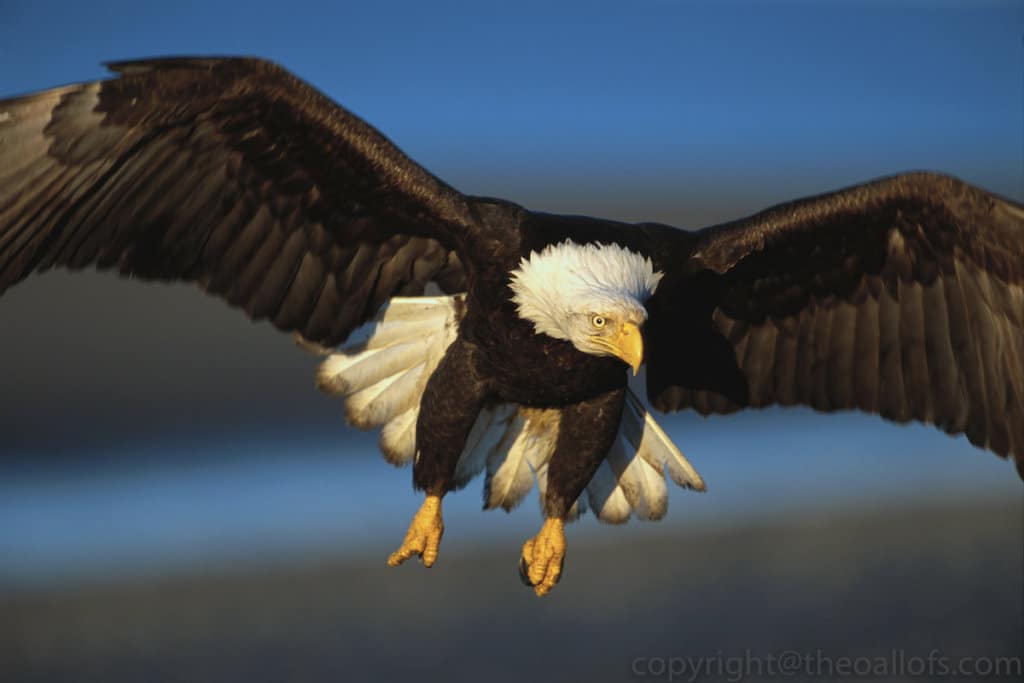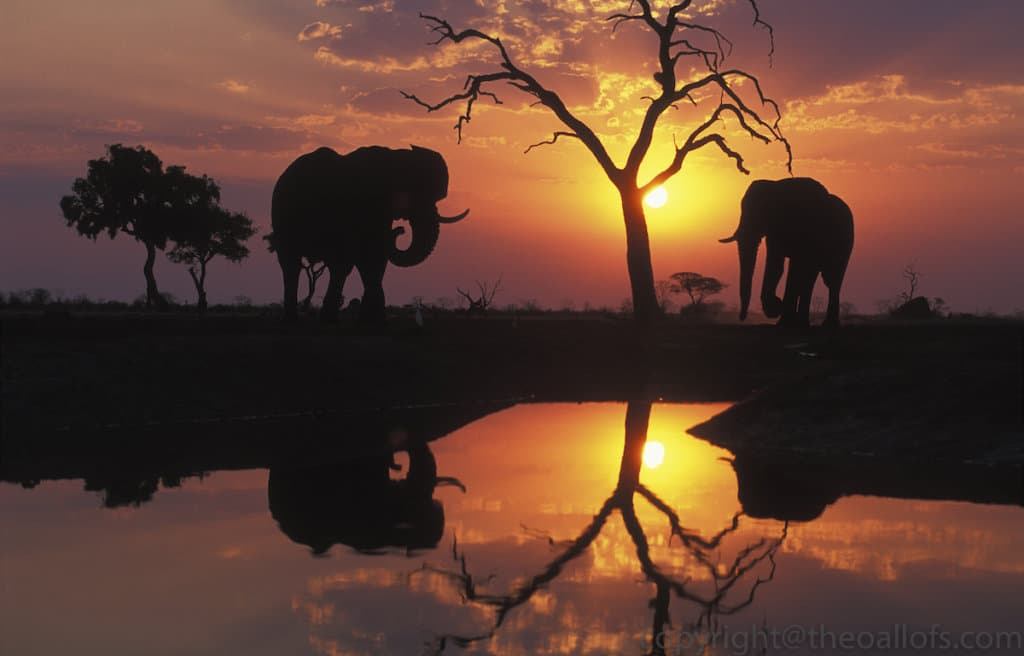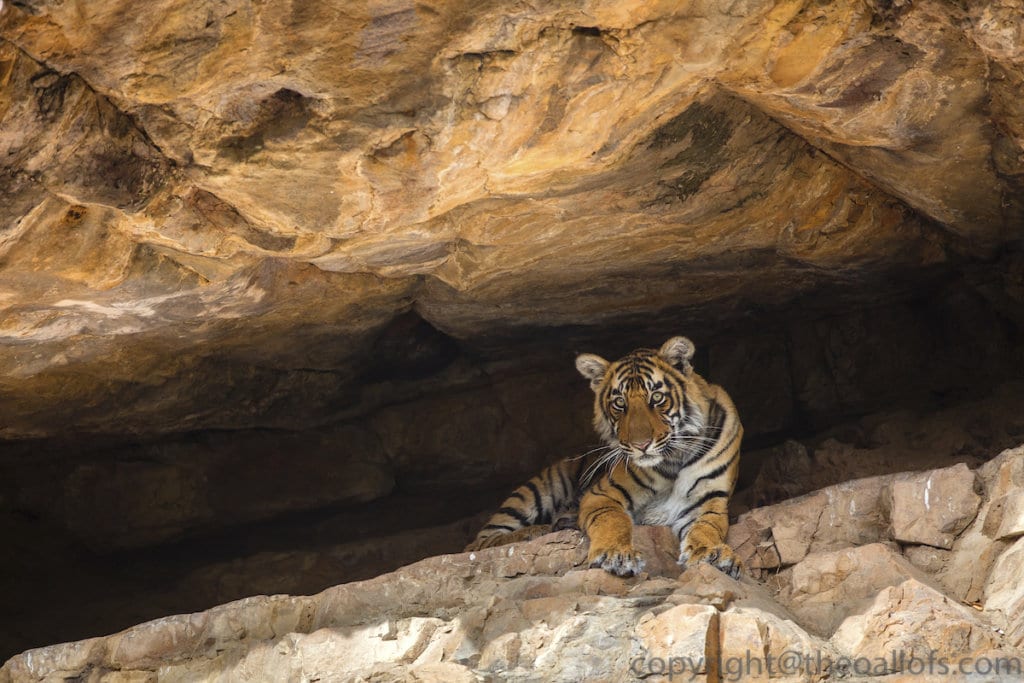My journey over three decades of photography & how has photography changed over time
23rd January 2020
Theo Allofs
“I bought my first camera in 1984. I had just finished a degree (German Diplom) in Geology when I realized that my true passion was traveling and photographing. So I turned it into my job.
I started with a full manual camera, a Nikon FM2. No program, neither aperture nor shutter priority and of course no autofocus and I had to wind the film manually. Needless to say digital photography was not even dreamt of at that time. You had a roll of 36 images either negative film or slide film inside the body. And all of you who started right away with digital photography have no idea how careful one had to be of not running out of film while shooting a wildlife action scene. You had to make a split second decision of when to press the shutter button. But not only this, you were also forced to capture the scene at the perfect moment, in perfect light with a perfect composition and FILLING the frame.

Cropping a 35 mm film was totally out of the question for the photo agencies I worked for. And it was a real bummer if you had forgotten to adjust the exposure which I had to do manually as I mentioned above.
In my early 90’s I bought my first autofocus (AF) and automatic metering camera. Wow, what a change! I was first very suspicious about the AF. Did it really work? It did! Together with the amazing programs you now could get action shots that were almost impossible to achieve before. Birds flying towards you, cheetahs hunting, rhinos charging me (this actually happened) – all in perfect focus. AF and auto programs opened another world in wildlife and sports photography. So did the fast motor winders that allowed you to burn a 36 frame slide film roll in a bit over 3 seconds! but you better had spare camera bodies loaded with film next to you!
How has the photography world changed since then!

I sometimes ask myself this question: Is digital photography still the same art form as analog photography? I remember a scene in Ranthambhore National Park in India a few years ago that made me doubt this. Behind me in another game drive vehicle was a fully camouflaged “photographer” with a fully camouflaged long lens. We were watching a tigress and her 3 cubs cooling off in a waterhole. Even when the tigers didn’t move at all the guy behind me had his camera rattling like an AK-47 machine gun during combat in WWII. Within minutes he must have filled his flash card with over a 1000 files. Needles to say this rattling is very annoying to other people, especially to me. I hate human generated noise in nature. So why did he do this? Overblown ego? Showing off his new camera with an amazing burst rate of 12 files/sec? Has he thought about editing later? This kind of so-called photography rather reminds of filming with a video camera and has nothing in common with the traditional art of photography.

Then comes the topic of cropping. During one of my photo workshops I mentioned that I hardly crop or if so just a bit. Sure, these huge files can handle quite a bit of cropping. But I still prefer to frame the images in a way which makes cropping unnecessary.
When I mentioned the 1/3 composition rule, one of the students mentioned that he always uses his center focus bracket and then later crops the image so much that he is able to position his subject in one of the corners. I just shook my head.
To take digital photography even further: Every time I look at Instagram my stomach revolts. Do you have any idea how many images have been digitally manipulated to such an extent that the result has nothing in common anymore with reality. The sad news is that the inexperienced viewer falls in awe over something that photoshop has created. I have nothing against digital art when it is declared as such. But this has nothing to do with photography. We have to strictly separate these two forms of image creations.

Having said that, I greatly enjoy the new age of digital photography. It has made my life easier over the years in many regards. However I am still trying to work as I did at the beginning by filling the frame, only clicking the shutter button when it is worth clicking and perfectly composing the image already for the first frame. But I don’t have to send original slides for duping to labs anymore, the image quality is so much better and the resolution is mind-blowing. Last I don’t run out of film after 36 frames!”
Subscribe to our blog
Get the latest posts in your email
